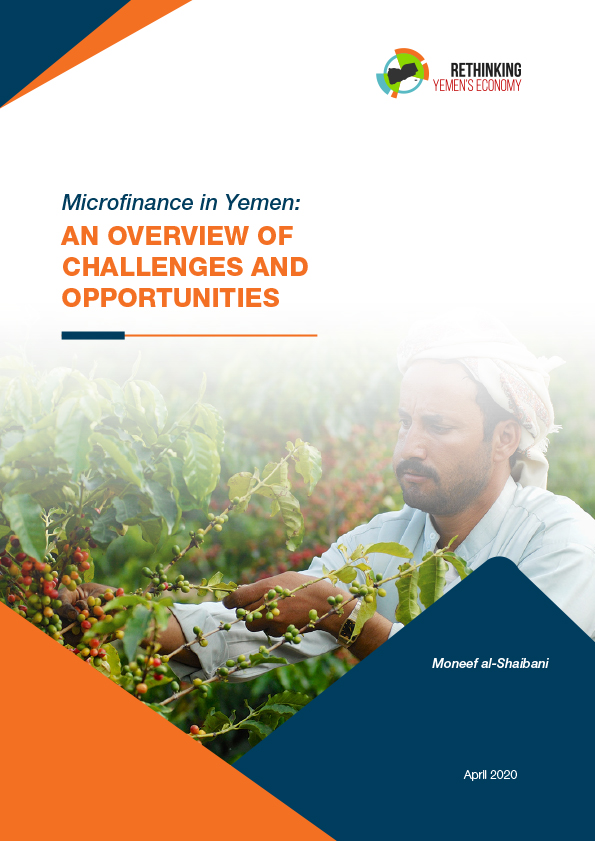Yemeni farmer collects arabica coffee beans at the plantation in Taiz, Yemen Photo Credit: Dmitry Chulov – Shutterstock
By: Moneef al-Shaibani
In 1997 microfinance was introduced to Yemen. The government, supported by international donor states, viewed it as a strategic tool to alleviate poverty and reduce unemployment by expanding financial services to small and micro entrepreneurs to increase their share of the national economy. However, persistent challenges facing the microfinance industry have stunted its development, reach within the population and overall socioeconomic impact. More recently, the institutions, businesses and individuals involved have also faced challenges associated with the ongoing civil war and regional military intervention.
Structurally, the microfinance industry in Yemen can be separated into two distinct institutional groupings: the formal sector, composed of microfinance banks; and the informal sector, made up of microfinance institutions (MFIs). The primary difference is that microfinance banks are regulated by the central bank and permitted to finance their activities by mobilizing public savings and deposits. MFIs operate outside the central bank’s governance and are thus almost wholly reliant on external donor funds and programs channeled to them through the Social Fund for Development (SFD), a semi-autonomous public institution with the primary mandates of poverty reduction and job creation.
The formally regulated microfinance industry, given its stronger institutional framework and governance, has garnered a relatively more advantageous environment to develop capacities and strategies to react to local demand, making it more resilient to shocks and adverse events, such as the ongoing conflict. Meanwhile, the informal sector’s dependence on international donor funding – which comes with these foreign organizations’ implementation requirements – has left MFIs with reduced say over the programs they implement and the populations and markets targeted, thereby hindering MFIs’ ability to pursue consistent strategies and specialization. This, in turn, has limited their competitive position, overall impact and organizational development.
This paper explores the historic development of the industry and its players, as well as the impacts of the ongoing conflict. It then makes recommendations in four areas — capacity building, financing, program design and research — to help create a more conducive operating environment for microfinance overall. This would better place the industry to achieve its socioeconomic aims in the near term and contribute to Yemen’s recovery post conflict.
Read the full Paper

 اقرأ المحتوى باللغة العربية
اقرأ المحتوى باللغة العربية